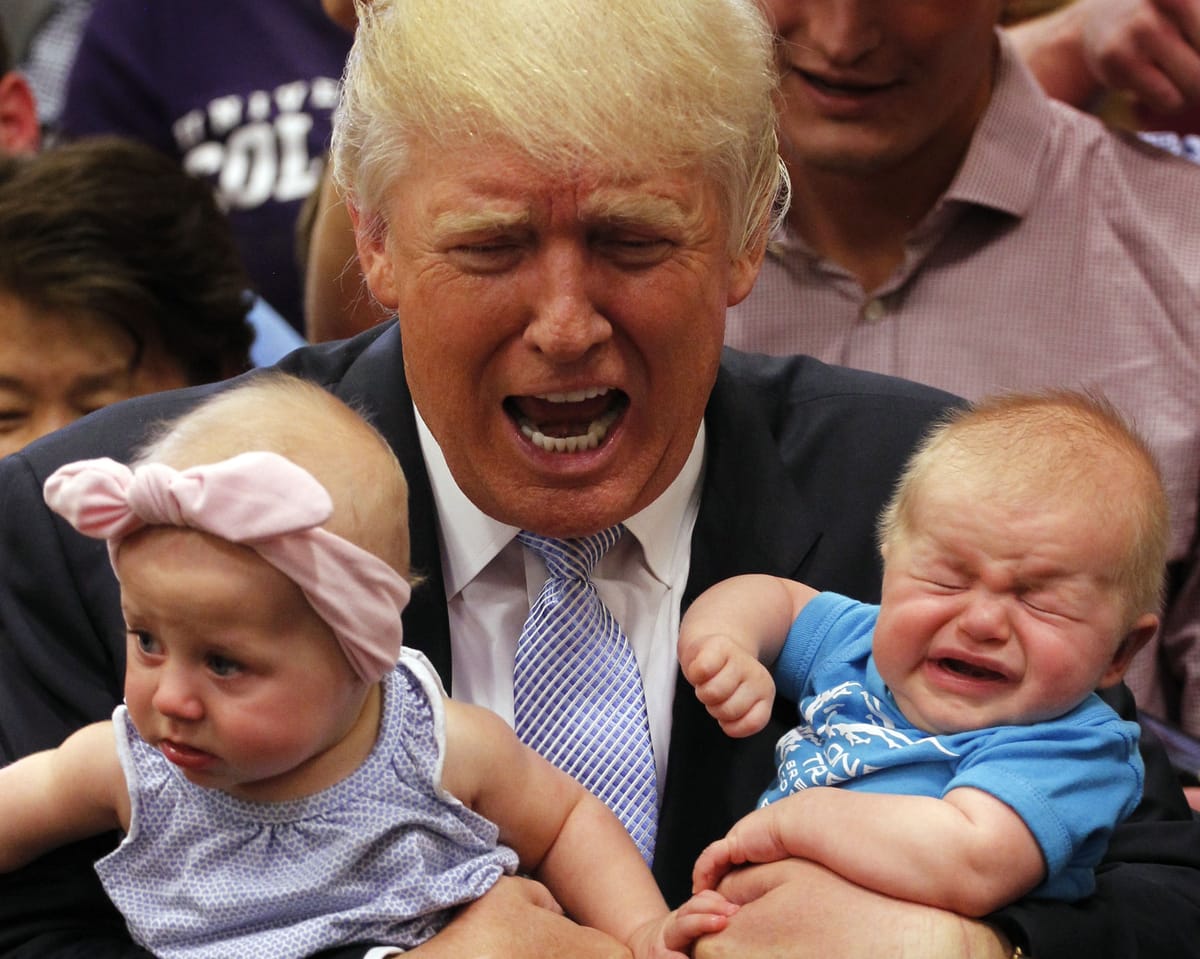There are branded merchandise, commemorative coins, watches, sneakers, and now… child savings accounts bearing a well-known name. Will this new offering gain traction? As a financial consultant, I have doubts.
The newly introduced savings plan, linked to recently passed legislation, is designed to assist young people in building savings. Parents and employers can contribute up to $5,000 annually for children under 18. Contributions are tax-free for the employee within certain limits, and employers may qualify for a deduction.
A notable feature is that any earnings from these accounts also remain untaxed. Unlike traditional retirement accounts, which impose penalties for early withdrawals, funds can be accessed without penalties once the child turns 18. Additionally, for children born between 1 January 2025 and 31 December 2028, the government will contribute $1,000 to start the account.
A free $1,000? It sounds appealing. For parents of a child born this year, claiming this benefit makes sense. Invest it, let it grow tax-free—at 5% interest, it could grow to around $2,400 in 18 years. Why not?
However, beyond that, other strategies may be more effective for long-term savings.
One alternative is investing in post-tax accounts such as 529 plans and Roth IRAs.
A 529 plan allows unlimited contributions (with gift tax considerations) that grow tax-free, provided withdrawals are used for education expenses, including college, vocational schools, and private institutions. Recent updates now permit withdrawals for professional certification courses, such as HVAC or plumbing licenses.
Another option is a custodial Roth IRA for minors, provided the child has earned income from employment. Contributions, capped at $7,000 this year, do not reduce taxable income, but earnings are tax-free, and funds can be accessed at any time.
While 529s and Roth IRAs are useful for education or long-term savings, another strategy I favor is life insurance. Following advice decades ago, I secured permanent life insurance policies for my children. By naming them as both policyholders and beneficiaries, I locked in extremely low premiums that remain favorable today. For example, a $100,000 policy for a newborn might cost $30 per month, whereas the same coverage at age 30 could cost five times as much.
Beyond providing financial protection for their future families, these policies also accumulate cash value over time.
Read next

Ryanair plane had only six minutes of fuel upon Manchester landing, records show
Flight Narrowly Avoids Disaster After Storm Diversion
An inquiry has been launched after a Ryanair flight, struggling against severe winds during storm Amy last week, landed at Manchester Airport with only six minutes’ worth of fuel remaining.
The aircraft had been transporting passengers from Pisa, Italy, to Prestwick, Scotland, on

"Qantas customer data for 5 million exposed as hackers release info post-ransom deadline"
Hackers Leak Personal Data of 5 Million Qantas Customers on Dark Web
A cybercriminal group has released personal records of 5 million Qantas customers on the dark web after the airline did not meet their ransom demand.
The breach is part of a larger global incident affecting over 40 companies,

Investors flee record-high UK stocks as EU set to hike steel tariffs
Investors Withdraw Record Sums from Equity Funds Amid High Market Valuations
Data reveals that investors in the UK have withdrawn an unprecedented amount of money from equity funds over the past three months, driven by concerns over soaring stock market valuations.
According to the latest figures from Calastone, the largest

